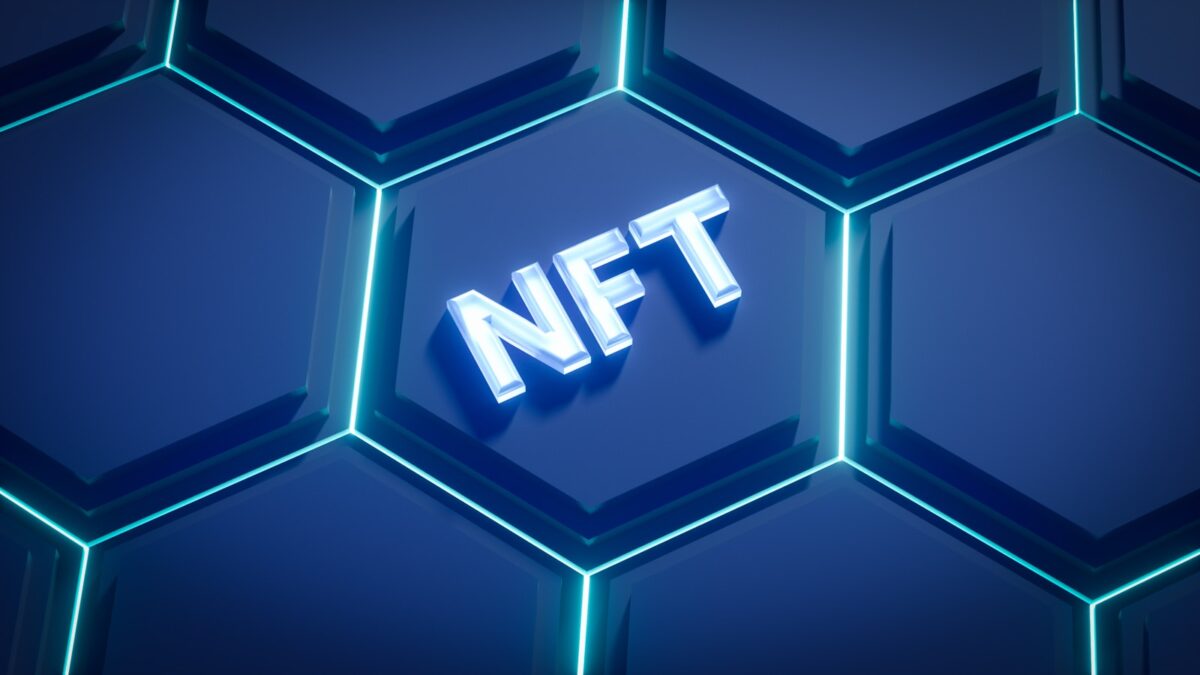
Smart contracts basic introduction

Deploying programmable, self-executing agreements directly within the Ethereum network enables precise automation of transactions without intermediaries. These decentralized protocols operate through immutable code that enforces predefined terms, ensuring transparency and trustless execution. Exploring their design reveals how deterministic logic embedded in distributed ledgers eliminates ambiguity from traditional paperwork.
Applications span diverse sectors including finance, supply chain, and digital identity management. By encoding conditional workflows in executable scripts, users gain the ability to trigger payments, transfer assets, or update records automatically once specified criteria are met. This programmable infrastructure encourages experimentation with novel business models while reducing operational overhead.
Programming these agreements requires understanding blockchain state changes and event-driven architectures. Investigating development tools such as Solidity on Ethereum provides insight into writing secure, gas-efficient code capable of interacting seamlessly across peer-to-peer networks. Through iterative testing and formal verification techniques, creators can enhance reliability and prevent vulnerabilities inherent in autonomous systems.
How Autonomous Code Executes Transactions on Decentralized Networks
Transaction execution in decentralized environments relies on self-operating protocols embedded directly into blockchain layers. Ethereum, as a pioneering platform, leverages programmable agreements that autonomously trigger actions once predefined conditions are met. This mechanism eliminates intermediaries by embedding code that governs transactional logic within the distributed ledger itself, ensuring transparency and immutability.
The core process begins when a user initiates an interaction with these embedded programs via transaction calls. Upon receipt, each node in the network independently runs the execution of this code using a deterministic virtual machine environment, such as the Ethereum Virtual Machine (EVM). This guarantees consistent results across all participants and validates state changes before consensus finalizes them.
Technical Workflow of Transaction Execution
Execution starts from receiving an input transaction containing data payloads and instructions directing specific operations like transferring tokens or updating records. The embedded programming scripts then perform sequential tasks:
- Parse incoming data to understand requested actions;
- Verify whether preconditions–such as account balances or timestamps–are satisfied;
- If conditions match, execute state modifications securely;
- Emit events or logs to signal completion;
- Return success or error codes for further handling.
This method ensures all nodes reach identical conclusions about ledger updates without trusting any single party. It also creates an auditable trail stored permanently on the blockchain, providing verifiable proof of every transaction’s origin and outcome.
Diverse applications exploit these capabilities beyond currency transfers. For example, decentralized finance platforms utilize autonomous agreements to automate lending processes based on collateral thresholds automatically adjusted through real-time oracle inputs. Similarly, supply chain systems encode product provenance rules that update status transparently as goods move along checkpoints.
An experimental approach to understanding execution nuances involves deploying simple programs that simulate conditional payments triggered by external data feeds like asset prices or weather reports. By observing how code reacts across multiple test scenarios on Ethereum testnets, developers gain insights into optimizing gas efficiency and minimizing failure risks during live deployment.
Common Platforms for Decentralized Code Execution
The Ethereum network remains the foremost environment for deploying self-executing digital agreements due to its pioneering approach and extensive developer ecosystem. It utilizes a Turing-complete programming language called Solidity, enabling complex logic within distributed applications. Ethereum’s global virtual machine processes instructions deterministically across thousands of nodes, ensuring consistent execution and immutability of programmed rules.
Beyond Ethereum, alternative ledgers have emerged focusing on scalability and unique architectural features. For example, Binance Smart Chain offers compatibility with Ethereum’s codebase but emphasizes faster transaction throughput and reduced fees, facilitating diverse use cases including decentralized finance (DeFi) and gaming applications. This demonstrates the adaptability of such programmable scripts across multiple blockchain infrastructures.
Exploring Diverse Environments for Automated Digital Agreements
Cardano introduces a layered model separating computation from consensus, enhancing security by isolating the execution layer. Its functional programming foundation leverages Plutus–a Haskell-based language–which encourages formal verification methods to mathematically prove correctness before deployment. This rigorous approach appeals to projects requiring high assurance in operational integrity.
Polkadot operates as an interoperable network allowing heterogeneous blockchains to communicate while maintaining independent execution environments called parachains. This modular design expands possibilities for customized distributed applications tailored to specific industry needs without compromising decentralization or trustlessness inherent in underlying protocols.
- Solana: Known for high throughput via Proof-of-History consensus combined with traditional Proof-of-Stake, Solana enables rapid processing of programmable agreements with millisecond-level confirmation times, suitable for latency-sensitive applications like decentralized exchanges.
- Tezos: Implements on-chain governance allowing stakeholders to propose protocol upgrades autonomously, thereby evolving its scripting capabilities using Michelson language designed for verifiable properties and formal auditing.
Platform
Main Programming Language
Consensus Mechanism
Key Feature
Ethereum
Solidity
Proof-of-Stake (Casper)
Mature ecosystem with broad adoption
Binance Smart Chain
Solidity-compatible
Delegated Proof-of-Stake
High throughput with low fees
Cardano
Plutus (Haskell-based)
Ouroboros Proof-of-Stake
Formal verification support
Polkadot
Rust / Substrate framework
Nominated Proof-of-Stake
Interoperability across chains
Solana
C / Rust / C++ compatible frameworks
Proof-of-History + PoS hybrid
Extremely fast execution times
Tezos Michelson Liquid Proof-of-Stake On-chain governance & upgradeability
Security Risks in Blockchain-based Automated Agreements
The reliability of automated digital agreements depends heavily on the precision and security of their underlying programming. Flaws within the code can lead to vulnerabilities that attackers exploit during execution, causing irreversible financial losses or system disruptions. A notorious example is the 2016 incident involving a decentralized autonomous organization where recursive calls enabled unauthorized asset withdrawals, highlighting how subtle errors in the logic flow can result in catastrophic failures.
Decentralized applications rely on immutable deployment within distributed ledgers, which complicates post-deployment corrections. Once an agreement is live, any coding mistake becomes permanent unless complex upgrade mechanisms are introduced at design time. This immutability demands rigorous formal verification methods and comprehensive audits before release to detect potential bugs such as integer overflows, reentrancy issues, or access control lapses.
Common Vulnerabilities and Mitigation Strategies
Programming flaws frequently arise from inadequate validation of input data or assumptions about transaction ordering in blockchain networks. For instance, timestamp dependence can allow miners to influence contract behavior by adjusting block timestamps subtly. Additionally, improper handling of external call results may lead to unanticipated state changes or denial of service conditions.
- Reentrancy attacks: Exploiting recursive calls to drain assets before state updates complete.
- Arithmetic errors: Overflows and underflows causing incorrect balance calculations.
- Access control weaknesses: Insufficient restrictions enabling unauthorized function execution.
To counteract these risks, developers should employ static analyzers and symbolic execution tools alongside manual code reviews. Implementing design patterns like checks-effects-interactions reduces vulnerability surfaces during execution cycles. Moreover, utilizing standardized libraries vetted by the community enhances security by minimizing bespoke code prone to hidden defects.
The distributed nature of blockchain platforms provides transparency but also exposes automated agreements to novel attack vectors targeting consensus manipulation or oracle data integrity. Experimental approaches combining on-chain monitoring with off-chain anomaly detection offer promising avenues for early identification of exploit attempts. Encouraging iterative testing through testnets mimicking mainnet conditions fosters deeper understanding of contract behavior under adversarial scenarios.
Conclusion: Expanding Horizons of Automated Decentralized Agreements
Leveraging code-driven autonomous agreements on platforms like Ethereum enables precise, trustless execution of predefined logic without intermediaries. This automation minimizes human error and accelerates processes across diverse applications, from decentralized finance protocols to supply chain tracking and digital identity management.
The integration of these programmable arrangements within blockchain ecosystems unlocks new paradigms for transparent, immutable transaction flows, creating robust frameworks that respond dynamically to external data inputs via oracles. Anticipated advancements in cross-chain interoperability and layer-2 scaling solutions promise to enhance both throughput and functional complexity, broadening practical implementations beyond current boundaries.
Key Technical Insights and Future Directions
- Code immutability ensures irrevocable execution paths, increasing reliability but necessitating rigorous pre-deployment verification to prevent vulnerabilities.
- Decentralized consensus mechanisms underpin trustless operation, reducing reliance on centralized authorities while introducing challenges related to network latency and gas costs.
- Automation capabilities empower real-time contract lifecycle management, enabling responsive interactions with external systems through oracle integrations.
- Ethereum’s Turing-complete environment facilitates complex conditional logic, supporting a wide array of financial instruments, governance models, and token standards.
The evolution of such programmable agreements is set to transform how value exchange and contractual obligations are encoded digitally. Exploring modular architectures and formal verification techniques will be critical for expanding adoption while maintaining security guarantees. Continuous experimentation with decentralized autonomous organization structures may reveal novel governance paradigms that challenge traditional hierarchies.
This trajectory invites further inquiry into scalability solutions like rollups and sharding, which could enable mass-market applications requiring rapid execution without compromising decentralization principles. Ultimately, embracing the full potential of self-executing code on blockchain platforms encourages both theoretical exploration and applied innovation within emerging decentralized infrastructures.


